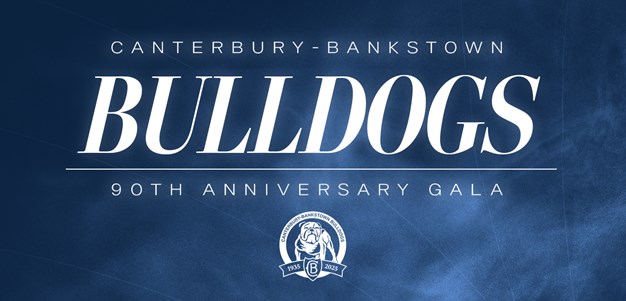

The NRL has been secretly trialling a video referee bunker system over the last three rounds similar to what has been introduced in American professional sports with a view to becoming the first Australian sport to use the technology.
The NRL has tested three different types of technology over 11 NRL matches between Round 10 and Round 12, in partnership with NRL media rights partners Fox Sports, Channel Nine, Sky Sports and Telstra.
The feasibility test comes with data showing that 49 per cent of tries scored in 2014 were sent to the video referee box.
NRL head of football Todd Greenberg said the study has been going for a year and is now in the testing phase.
"We think this is a game changer for rugby league. It's a game changer for sport in this country," Greenberg said.
"It will give our referees and match officials all of the tools and the most up-to-date technology in order to make sure they can make the best decisions possible and give them an environment that's conducive to great decision making.
"That's very different to the model we currently operate under.''
The aim of the proposed system is three-fold: increase both the accuracy and the consistency of decisions across the game, and reduce the amount of time taken to come to those decisions.
Data shows that in 2014 the average video referee decision took 75 seconds, and the longest decision took 232 seconds.
"When fans sit around minutes for a time waiting for a decision clearly that's not in their best interests," Greenberg said.
"This is about fans. It's about giving them a product they want to watch. To do that we want the ball in play and we want the game being played more continuously.
"We want to come to decisions, make them quickly, make them efficiently, make them accurately and get on with the game."
Greenberg and referees elite performance manager Tony Archer went on a fact-finding mission to America and found the technology has already improved decision making in US sports. It has been used by the NHL for five years, with MLB, NBA and NFL all implementing the technology in the last 18 months.
In the trials conducted by the NRL, the decision-making process has been halved, with the average time taken to make decisions in the Round 12 Warriors v Knights game reduced from 59 seconds to just 20 seconds.
The average time saved per game has been over three minutes.
"What we've seen over the 11 games is accuracy levels improved, efficiency levels improved significantly - so a decrease in time - and we've seen a more consistent approach with less people making decisions. They're the three key outcomes so far," Greenberg said.
"It's a game changer on so many different levels and there are other parts of the NRL, particularly in football, that will change also. Things like match review and judiciary will change with a real-time operation being underway. The opportunities are endless - we're at the very start of this."
Archer is excited by the prospect of his referees having access to the best technology to help improve the decision-making process.
"There's obviously so much debate about video refereeing decisions. When you get them more efficient, more accurate, that's something we're looking for and importantly more consistent," Archer said.
"It's also the transparency around the decisions so people understand what we're doing and why we do it. I think people can understand that it's going to assist in the whole process."
Two of the trials conducted by the NRL were offsite from venues the matches were being played, while nine others were done in a compound, a portable unit near the ground.
The NRL will look at all the data from the year-long study and then make recommendations to the ARLC commission.
"What we've got to do now is digest all of the information over the trial period and then ultimately it will form a recommendation that will go forward to the commission,'' Greenberg said.
"Primarily what we're looking at is around try scoring and points scoring decisions, they key parts of the game that have a material impact. We want to make sure we get out of those right.
"Every try now has got millimetres in it. We've got to make sure we've got technology that keeps up with how the athletes are performing."

This article first appeared on NRL.com











